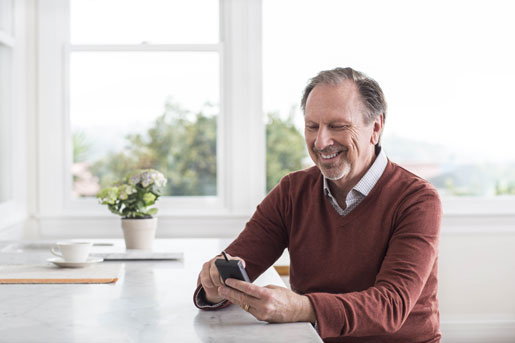An expert offers a few tips on creating a differentiated product, understanding users, and how to get customers to keep coming back.
November 29, 2016

An expert offers a few tips on creating a differentiated product, understanding users, and how to get customers to keep coming back.
Livongo Health offers a connected glucose meter. Patients with diabetes can access their data and receive coaching using a companion website and app.
Connected health has drawn interest from traditional medtech companies, tech companies, and startups alike. Still, the field is relatively young and best practices for developing and selling a winning product have yet to emerge.
MD+DI asked Patty Spiller, director of marketing at Livongo Health, to share lessons learned from her experience at the Mountain View, CA-based company. Livongo Health offers a connected glucose meter with a companion website and app that simplifies tracking glucose level readings. Patients with diabetes using the product receive tips and insights that can help improve their management of the disease. In addition, they can choose to work with a diabetes educator for coaching and can ensure loved ones have access to important alerts about their glucose levels.
In mid-November, Livongo Health announced its release of over-the-air capabilities with its glucose meter, allowing easy access to new software updates and features.
Hear more from Spiller and her fellow panelists during a panel on "How to Set Your Connected Health Solution Apart" at BIOMEDevice San Jose, December 7-8. |
Spiller shared some advice on how to differentiate a connected health solution and how to keep users engaged.
When Livongo Health launched its mobile app, the company's approach was to "learn and iterate fast," Spiller wrote in an e-mail. "The key is to define what is MVP [minimum viable product] to be able to launch fast, with the most fundamental features to get a signal," she added. After the app launch, the company conducted research with user focus group to get a better understanding of their use of the app. That feedback allowed the development team to keep iterating quickly.
It shouldn't be a surprise that the MVP approach, favored by Silicon Valley startups, makes an appearance in connected health too, given the overlaps often seen between connected health offerings and software products.
Livongo Health's offering is unique because "we revolutionized the approach to managing diabetes by focusing on the user/consumer and what their needs are," Spiller wrote. The company, which works with organizations through its Livongo for Diabetes Program, also uses a different method of communicating with patients. "Users hear from us from their employers or payers," Spiller explained. "We have an exclusive channel versus competing out there with all the other media/advertising, etc."
Of course, once a patient is using a connected health product, keeping them happy and interested is another hurdle for most companies. Spiller admitted that this can be a challenge: "Consumers are bombarded with content, apps, etc. outside of healthcare and we're competing with all of that."
She pointed out that in addition to using ideas like gamification to keep users engaged, behavioral economics also have a part to play in crafting messaging to users and encouraging certain behaviors. Part of this requires understanding that users all have differing needs and priorities. "Develop an array of products that will fill the needs of different consumer types," Spiller advised.
Spiller will be part of a panel discussing "How to Set Your Connected Health Solution Apart" at the BIOMEDevice San Jose Conference on December 8. Joining her will be Brit Gould, director of product management at iRhythm and Theo Tam, founder of Zing Health. Kevin Chien, director of global marketing at Stryker, will moderate the panel.
[Image courtesy of LIVONGO HEALTH]
About the Author(s)
You May Also Like


